The Real Life Characters of Assassin’s Creed
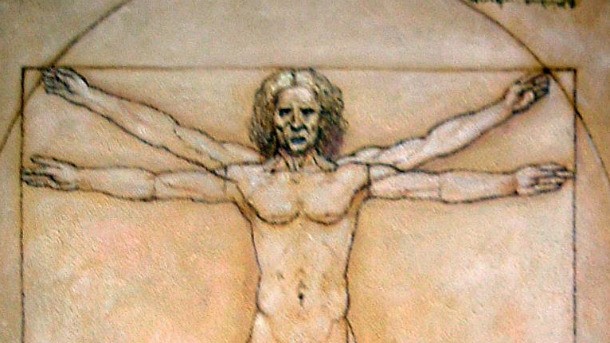
In advance of the release of Brotherhood, we look at some of the real-life figures that populate the game. Sometimes truth is indeed stranger than fiction.
History buffs love Assassin’s Creed. The chance to walk through the streets of Jerusalem or Florence as it was hundreds of years ago or meet some of history’s foundational figures is a powerful draw. But how accurate is the story of Assassin’s Creed? Where do these characters true histories collide with the fiction of the Assassin and Templar orders crafted by Ubisoft? In many cases, Ubisoft didn’t have to reach far to find remarkable events straight out of the history books. The area now known as Italy was a hotbed of conspiracy, warring city-states, murder, and family vendettas during the same period that western civilization was finding its feet through art, architecture, and science. We’ve compiled a brief look at some of the central personas of the period. There might even be some hints about what to expect in Brotherhood.
All of the following information is based on the recorded history of these individuals, and not the fictionalized account found in the games.
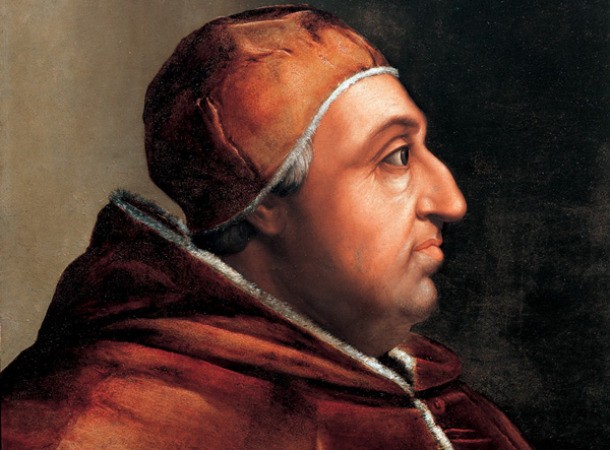
Pope Alexander VI
Yes, there really was an evil pope that reigned over the Catholic church from 1492 to 1503. Originally known as Rodrigo Borgia, this pope’s name became synonymous with the excesses of the church from the period, and of the papacy in particular.
While there’s nothing in Pope Alexander VI’s life that indicates a connection to the Templar order, the depredations that he inflicted on the world are well known. Nepotism was widespread, as the Pope arranged money and position for many within his family, including his illegitimate son, Cesare Borgia. He was known for the murder of political rivals. Along with Cesare, they inflicted a terrible reign over Rome that left the populace in fear. Some histories details orgiastic parties in the Papal Palace. Rich men were accused of false crimes, and their money seized. He was, all in all, a pretty bad guy.
So, why did Ezio not kill Borgia at the end of Assassin’s Creed II? Well, from a character perspective, maybe it wasn’t the right thing to do. But from a historical perspective, the man wouldn’t die for another few years. It’s worth noting that the year of his death is right in the middle of the upcoming Brotherhood game. In 1503, both he and his illegitimate son, Cesare Borgia, grew extremely ill. Cesare survived. After a painful and slow deterioration, Pope Alexander VI did not. Few attended his funeral. Fourteen years later, partially in response to excesses exemplified by Alexander VI, Martin Luther launched the Protestant Reformation.
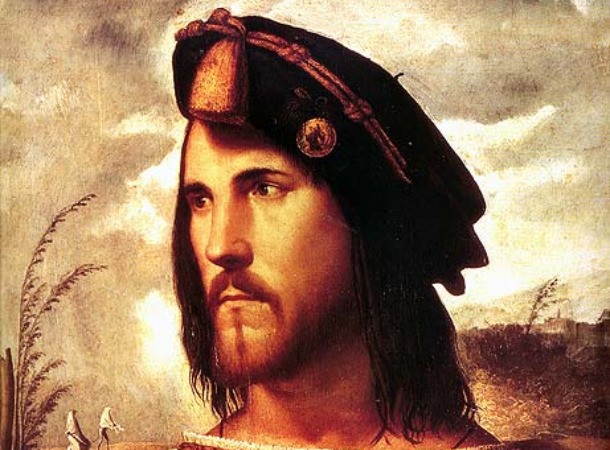
Cesare Borgia
The primary antagonist of Assassin’s Creed: Brotherhood was also a real-life historical figure. As a young man, Cesare was a cardinal in the church. However, he resigned (a first in history) and become a Duke instead – likely to pursue a path to increased power and influence.
Cesare was given command of the Papal armies, and used his newfound power to attack Caterina Sforza, who ruled over Forli and Imola. Afterwards, his father named him standard-bearer of the church. With the money of the Catholic Church, Cesare prosecuted a number of wars in Northern Italy, assaulting various city-states in the name of his father the Pope, and also with the goal of expanding his own lands. Back in Rome, Cesare was one of the most powerful men in the city during the years of his father’s papacy.
Cesare was also exceedingly violent outside of military matters, and tied to numerous murders over the course of his life. One of these included implication in the death of one his sister Lucrezia’s husbands. And you thought your brother-in-law was a pain.
Cesare’s life got much more challenging after Pope Alexander VI’s death in 1503, and should make for some interesting fodder to explore in the fictionalized world of the games. Turns out daddy was keeping a lot of balls in the air for his sonny-boy. One of Cesare’s most hated enemies eventually rose as a new Pope – Julius II. That fairly well sealed Cesare’s fate. The Papacy seized his lands. He was arrested and exiled. He died in in a siege in Spain in 1507. Before passing on it is believed that he fathered two legitimate children with his wife, and around 11 others from less holy unions.
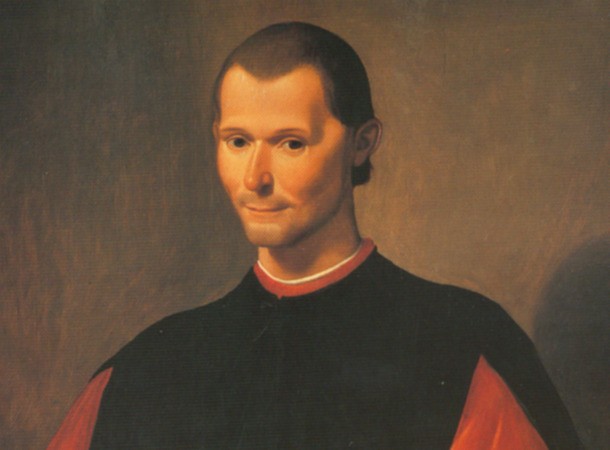
Niccolo Machiavelli
In the games, Machiavelli steps up into the limelight in Assassin’s Creed: Brotherhood as one of the main characters. He is much more prominent this time around. Within the fiction, Machiavelli is an assassin, but with a very particular view of the way things should be done. In history, Machiavelli is remembered as a civil servant of the Florentine republic, and one of the founders of modern political science.
If you know the name Machiavelli but you’ve never read his personal history, it’s probably from the word “Machiavellian” being used to describe someone who is cunning, deceptive, and ruthless in his dealings. The term arose thanks to Machiavelli’s writing of “The Prince”, a political treatise that espoused those qualities in leaders. The piece is Machiavelli’s most well-known legacy, but to this day it’s not know whether he wrote the piece in seriousness or as satire.
Earlier in life, Machiavelli was engaged in any number of diplomatic efforts, as far away as to the court of Louis XII in France. In the early 1500s he was in charge of the citizen militia of Florence, and was known for distrusting the mercenaries common to that time period. This proved a sensible stance; mercenaries of the era were notorious for switching allegiances like they were changing shirts.
Machiavelli was accused of conspiracy in 1513 and tortured; he was likely hung from his arms for extended periods, which dislocated the shoulders. Other accounts suggest he was put on the rack and stretched. Despite such enhanced interrogation techniques, he denied involvement in the crimes in question. He was eventually freed, and lived his later years in a country estate from which his political treatises emerged.
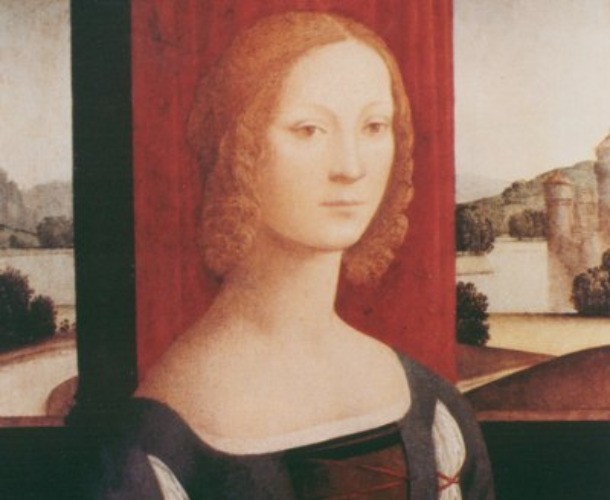
Caterina Sforza
Ezio’s love interest in Assassin’s Creed: Brotherhood was indeed a fiery redhead who held entirely more power and influence than many men of the period might have been comfortable accepting. Sforza was a ruthless and efficient leader during a time that many women had little choice but to enter prostitution in order to survive.
Caterina Sforza is perhaps most famous for an event depicted in the Assassin’s Creed II DLC: The Battle for Forli. The actual history goes something like this: In a bid to seize power, a group of conspirators led by the opposing Orsis family murdered her husband, Girolamo Riario. Sadly for them, that wasn’t enough to take control; strategic assets remained in Sforza’s control, including a fortress called Ravaldino. After being captured by the conspirators, Caterina Sforza asked to be allowed to go into the fortress to ask them to surrender, leaving her children behind as collateral. The Orsis allowed Caterina to enter the fortress. By several accounts of the time, she promptly climbed to the walls of the fortress, and began to berate and threaten the conspirators. Not having any of that, they threatened to murder her children. In response, she jacked up her heavy Renaissance skirts, pointed between her legs, and cried: “I have the instrument to bear more!” Unable to follow through on their plans, the conspirators failed, and Sforza unleashed brutal vengeance on them, and successfully seized her lands back. Incidentally, the kids survived.
Sforza’s life is littered with murders enacted to maintain control of her lands and power, and punctuated by a staunch defense of her lands through military might. Her undoing came at the hands of the Borgia family. Pope Alexander VI (formerly Rodrigo Borgia) was aiming to carve out a kingdom for his son, Cesare. He issued a command divesting the feudal lords (including Caterina Sforza) of their lands. Sforza resisted, and holed up in Ravaldino against Cesare Borgia’s invading armies. Outnumbered and under duress, Sforza’s fortress fell, but not before she was fighting hand-to-hand to prevent capture. The Pope claimed that her imprisonment and land seizure was because Caterina had tried to poison him. This was never proven.
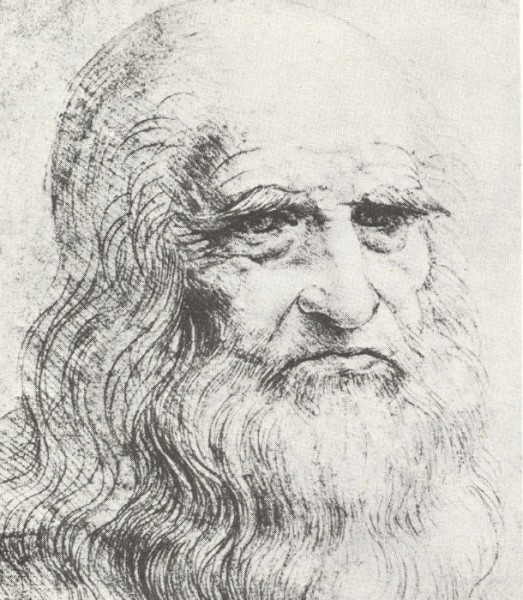
Leonardo da Vinci
If there’s any name within the fiction you probably knew before you started Assassin’s Creed II, it is Leonardo da Vinci. The man defined the term “Renaissance man” through his incredible breadth of abilities and breakthroughs. Artist, scientist, writer, engineer – all these and other disciplines were mastered by his peerless intellect. Take Bill Gates, Stephen Hawking, and Pablo Picasso and combine them, and you’ve got a good idea what this guy was like.
While many of the crazy contraptions shown off in the Assassin’s Creed games never came to fruition in real life, da Vinci nonetheless had designs for many outlandish devices, from helicopters and tanks to calculators and hydraulic pumps. He also painted both Mona Lisa and The Last Supper, along with any number of other artistic and architectural wonders.
In an interesting addition to his story, da Vinci went to work for Cesare Borgia in 1502, right in the middle of the period that will be depicted in Assassin’s Creed: Brotherhood. You can bet that the point wasn’t lost on Ubisoft Montreal. Players can expect some interesting intrigue surrounding that strange twist of fate.
That gets you started. If you’re intrigued, you might be interested to learn that many of the other characters (including many of Ezio’s assassination targets) are also historical figures. If you come across a name or place in the game, try an Internet search – you might be surprised. While there’s no doubt that Ubisoft has taken a lot of fictional license with the real history in their games, many of the events and figures involved have some basis in actual events. It’s an intriguing blend of fantasy and reality – and one we’ll have lots more to explore when Assassin’s Creed: Brotherhood releases in November.

Get the Game Informer Print Edition!
Explore your favorite games in premium print format, delivered to your door.
- 10 issues per year
- Only $4.80 per issue
- Full digital magazine archive access
- Since 1991









